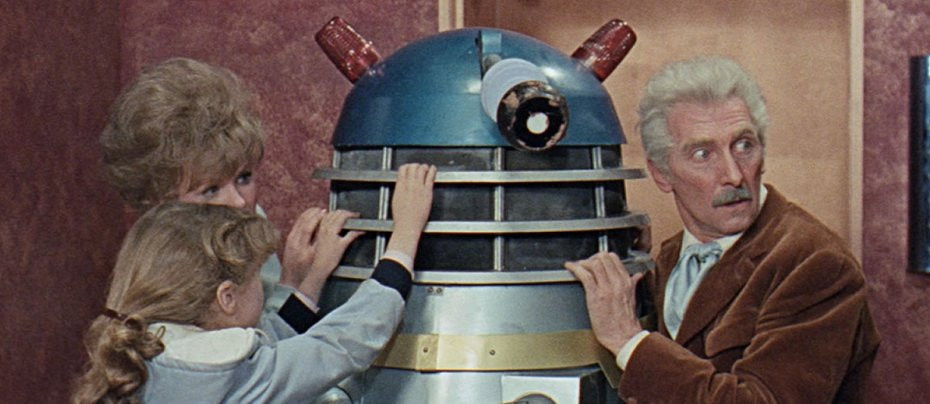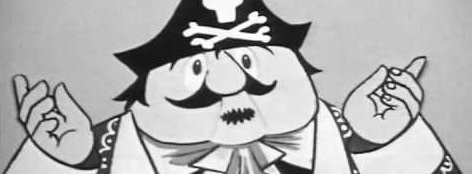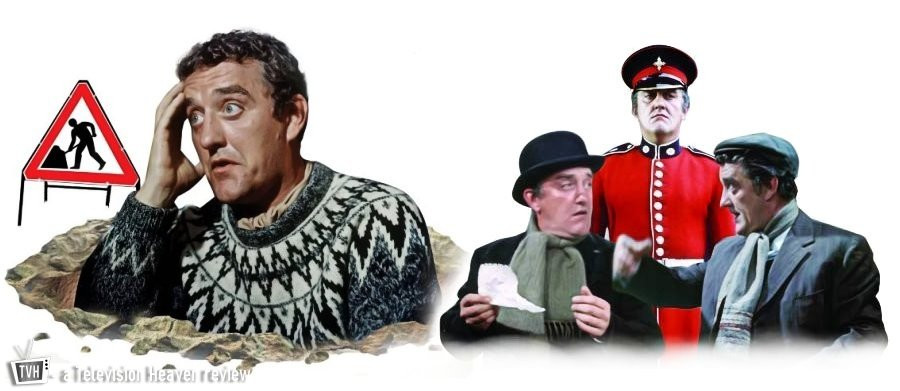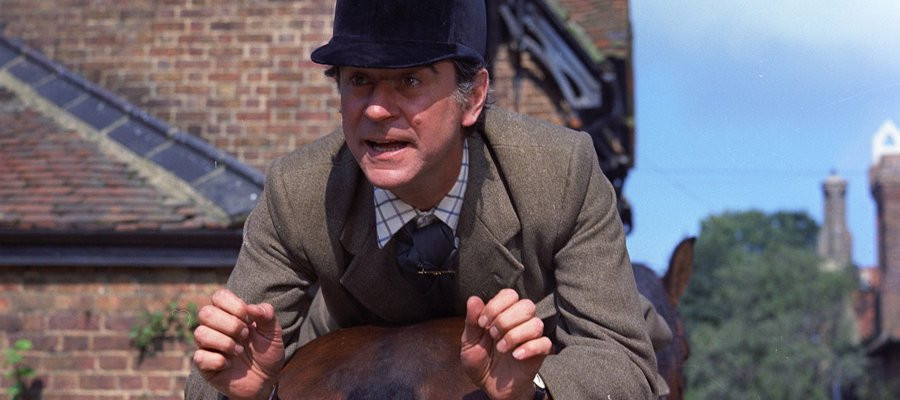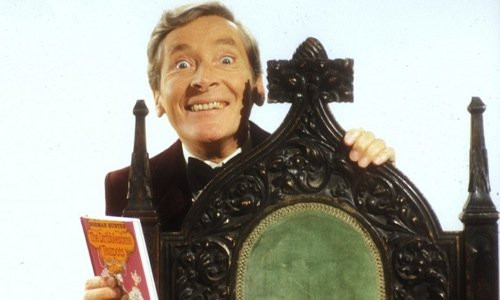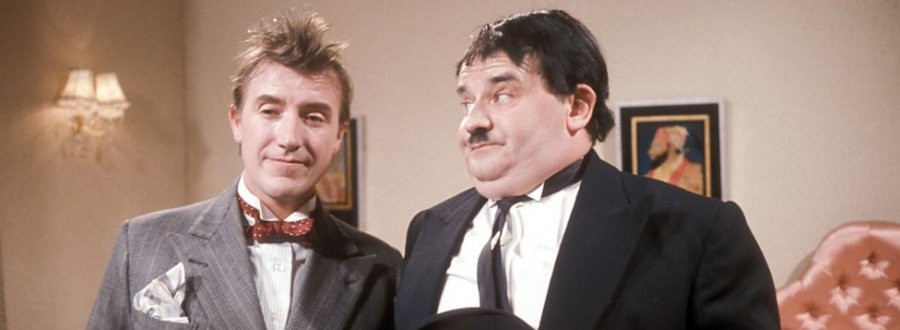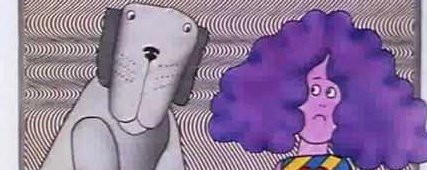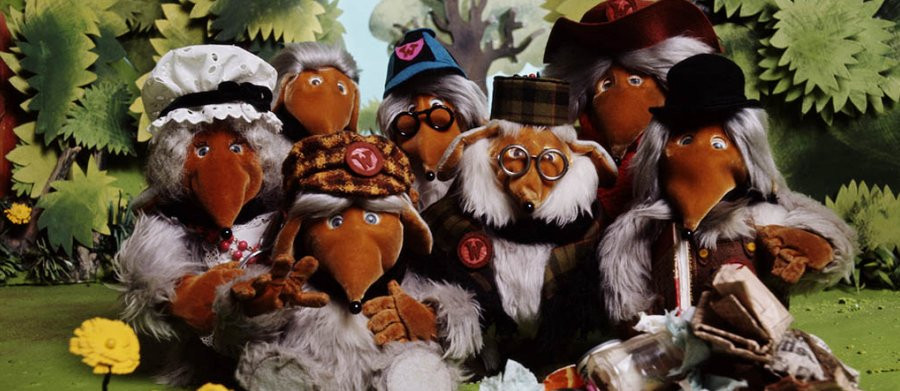
The Wombles
1973 - United Kingdom“Underground, overground, Wombling free – the Wombles of Wimbledon Common are we. Making good use of the things that we find – things that the everyday folks leave behind.”
Years before “recycling” and “environmentally friendly” became part of our everyday language, The Wombles captured the imagination of a generation of children with their comical antics and the simple motto "Make Good Use of Bad Rubbish." The Wombles lived underground, below Wimbledon Common in a burrow wallpapered with discarded newspapers, and came up at times when they were unlikely to be spotted by humans and would convert all the old rubbish carelessly left behind into useful items to use in their daily life.
The Wombles were the creation of Elisabeth (Liza to her friends) Beresford, who had trained as a journalist before writing radio, film and television columns and working as a BBC radio reporter. In 1957 her first children’s story, The Television Mystery, was published – but it did not lead to instant success. In fact, Beresford struggled to become an established writer in the early 1960s. Writing mostly for young readers, titles such as Danger on the Old Pull 'n Push (1962) and The Black Mountain Mystery (1967) fitted comfortably into an already saturated market but lacked anything distinctive enough to make her either a critical or commercial success.
Beresford’s early stories often reflected her own Victorian family values, but this is hardly surprising. Her father was a successful novelist himself, her godparents included the poet Cecil Day-Lewis, and the children's writer Eleanor Farjeon and her parents' friends included H. G. Wells, George Bernard Shaw, W. Somerset Maugham, and D. H. Lawrence. Her own stories were largely adventures, some of which were tinged with a dash of fantasy and magic. Then in 1964 her book Awkward Magic, a story of a boy that finds a griffin and a magic carpet and sets about finding treasure, was published. It was the first of 13 titles which culminated in Strange Magic in 1982. The titles proved popular enough for her publisher to ask her to come up with a new set of characters to feature in a new series. The germination of an idea had already been developing in her head - the importance of litter collection and recycling that Beresford believed in passionately – was at its heart. The final and most crucial element was given to her by her daughter.
Walking her two children, Marcus and Kate, across Wimbledon Common on Boxing Day 1967, Kate shouted, "Ma, isn't it great on Wombledon Common?" Beresford recalled thinking, "that's it, that's where they come from." The idea blossomed and that same day she made a list of names, basing each Womble on a different family member. Great Uncle Bulgaria was based on her father-in-law; Tobermory was based on her brother (an inventor); Orinoco her son; and Madame Cholet on her mother. The first book, “The Wombles”, caused a ripple of interest and was featured on the TV programme Jackanory. After that the BBC commissioned a series of 4-minute (approx.) Wombles episodes which were aimed at a pre-school audience, to be shown in the timeslot between late afternoon children’s programmes and the early evening news.

The BBC were not keen though on the illustrations by Margaret Gordon in the original book, which depicted the little creatures as teddy bears, so they brought in Ivor Wood of The Magic Roundabout and subsequently Paddington and Postman Pat fame, to redesign them. Wood's designs for the creatures gave them long pointed snouts, thick fingers and ill-fitting costumes and headgear. The production team then auditioned a number of voices to narrate each story. Among them were Bernard Bresslaw, Derek Guyler and Leslie Philips. But in the end, it was Bernard Cribbins who impressed them the most with his whimsical interpretation.

Cribbins proved to be a vital part of the show, not only for his dulcet tones but also for helping to pace the stories out. By all accounts Beresford often struggled to fill the full 4 minutes and ten seconds allocated for each episode. In these instances, Cribbins would adlib and include a lot of ‘umming, erring’ and foot tapping to fill the additional time. The final pièce de resistance was Mike Batt’s music.
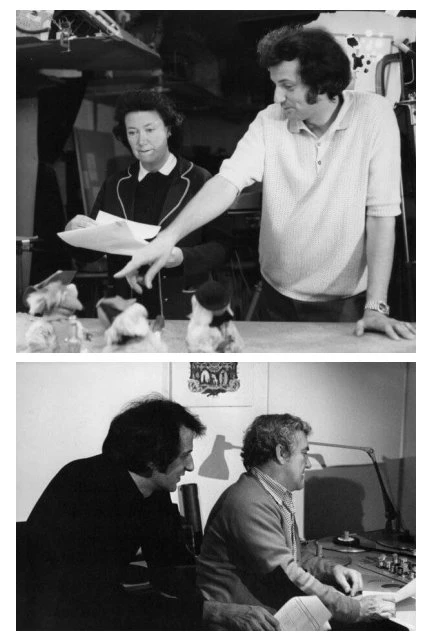
“I was brought in to write the music” said Batt. I was asked by Ivor Wood, and producer Grahame Clutterbuck, Managing Director of FilmFair Ltd, the producers, if I could come up with a signature tune. I suggested that a song might be better, because I could sprinkle it with Womble names and make it sound intriguing.” The company liked it and offered Batt £200. “I said I would prefer to have the character rights for promotional entertainment and recording purposes instead. They thought that was fair enough, as they were worth nothing to them.” It was probably Batt’s most astute business decision in his entire musical career.
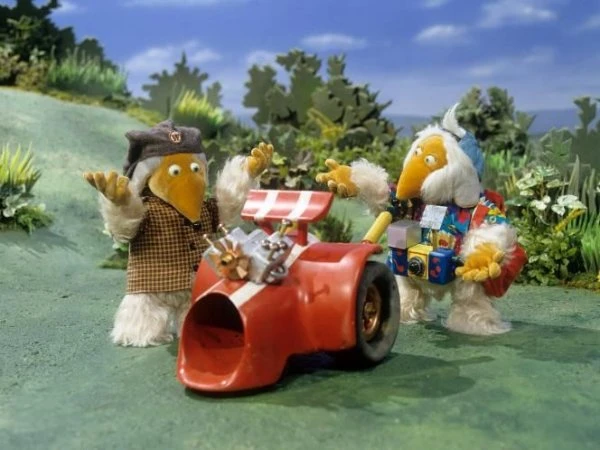
Wombles mania took hold during the 1970s spawning all sorts of merchandising including soft toys, mugs, annuals, soaps and stationery – a relatively rare feat at the time. The Wombles captured the imagination of children everywhere, who began to organise Womble Clearing Up Groups. In 1973 Batt’s choice to take the rights to the music paid off handsomely when he produced his first hit as a singer-songwriter/producer with a long-playing record by 'The Wombles.' The album, Wombling Songs, spent 17 weeks in the UK album charts. The songs were written, arranged and performed by Batt (vocals) with session musicians Chris Spedding (guitars), Les Hurdle (bass), Clem Cattini (drums), Ray Cooper (percussion), Rex Morris (piano), Eddie Mordue (sax) and Jack Rothstein (violin). A second album, Remember You're a Womble (1974) spent 31 weeks in the UK album chart. The collaboration ultimately produced eight hit singles and four gold albums.
As its popularity grew, fan-mail arrived by the sackful and Liz Beresford found herself travelling all over the world working tirelessly in promoting The Wombles, as well as supporting the cause of recycling. Beresford wrote 20 Wombles books, which sold worldwide, and adapted the stories into a stage show, one version of which ran in the West End. This was followed by the film Wombling Free (1977), directed by Lionel Jeffries and starring David Tomlinson, Frances de la Tour and Bonnie Langford.
The Wombles returned to the small screen once again in 1990, in a series this time produced by FilmFair and Central TV and was shown on the ITV network, and in 1991 the furry creatures temporarily left Wimbledon Common for the gardens of Buckingham Palace in a 30-minute special titled The Wandering Wombles.
In 1998, on the 25th anniversary of their first TV appearance, The Wombles were relaunched in a Canadian/British co-produced cartoon series with four new members and a cast of actors to provide their voices. But with over a dozen scriptwriters and without the cheery narration of Bernard Cribbins the animated Wombles lost a lot of the charm that had captivated children in over 40 countries. Nonetheless, in 1999, the food chain McDonald's sold nearly 13 million Happy Meals with collectible mini-Wombles.

A CGI animated series of 52 episodes, under the guidance of Mike Batt's Dramatico Productions, who bought the rights to The Wombles for Channel 5's pre-school slot Milkshake!, was announced in 2013, intended for airing in 2015. Unfortunately, only two of the planned episodes were screened at the Cambridge Film Festival in November 2016. Mike Batt filed for bankruptcy in September 2017 and resigned as director of Dramatico Productions.
The original Wombles series continues to captivate new generations of children through DVD and online streaming sites. They were the eco-warriors of their time and were never more needed than they are today.
Seen this show? How do you rate it?
Seen this show? How do you rate it?
Published on April 6th, 2021. Written by Marc Saul for Television Heaven.



